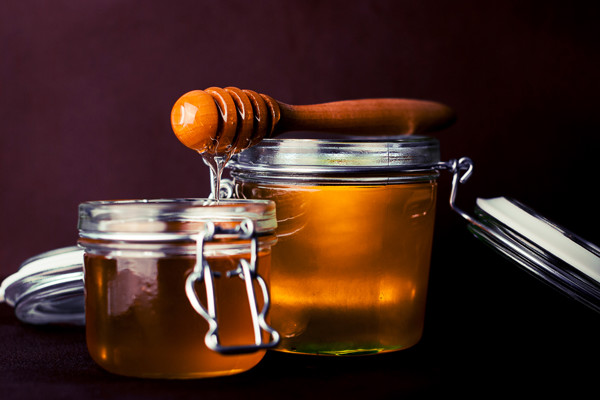What’s funny about your honey?
Ensuring the safety and authenticity of the food we eat is of paramount importance and there is growing concern, both at the EU and global level, to ensure the quality control of food to protect the health and safety of consumers. And during the National Measurement Laboratory’s thirty years, we’ve done a lot of work to support reliable measurements in food testing and authentication.
Honey is known to have multiple health and nutritional benefits and is in high demand among consumers. It is defined as the natural sweet substance produced by bees and there is significant regulation around the composition and labelling of honey in order to protect consumers from food fraud. However, due to the declining numbers of bees, the impact of weather conditions on supply and the high costs production, honey is expensive. This makes it a prime target for economically-motivated food fraud.

Some research suggests that humans began to hunt for honey 8,000 years ago, and the oldest known honey remains, dating back to between 4,700 – 5,500 years ago, were discovered in clay vessels inside of a tomb in the country of Georgia.
The ancient Egyptians used honey to sweeten dishes and to embalm the dead, while the ancient Greeks actually practised beekeeping so much that laws were passed about it. Honey was prevalent around the ancient world, being used in ancient India, China, Rome and even among the Mayans. It even plays a role in many religions, representing the food of Zeus, an elixir of immortality, and a healing substance.
And just like any other important product, fraudsters have been faking it since it’s been in use. Ancient Greeks and Romans both mention honey adulteration, and back in 1889, Dr Harvey W. Wiley testified in front of Congress that it was the most adulterated product in the U.S.
Honey is still one of the most adulterated food products globally, with a report last year citing that more than 14% of tested samples were adulterated.
There are two types of food fraud associated with honey: adulteration and fraudulent labelling. Honey adulteration typically occurs by substituting honey for cheaper sweeteners such as high fructose corn syrup, cane or beet sugar syrup. Fraudulent labelling occurs because honeys from a particular geographic or botanical source, such as Manuka, command premium prices amongst consumers.
Detecting these types of fraud presents a significant measurement challenge for food regulators: adulterated products show very similar physical and chemical properties to pure honey and mis-labelled products are, in fact, pure honey, just of lower quality. Several reports indicate that there is more Manuka honey being sold than Manuka bees can produce, which illustrates how often lower quality honeys are passed for premium ones in order to maximise profit.
During our thirty years as the National Measurement Laboratory (NML) for chemical and bio-measurement, our scientists have conducted several reviews and studies of methods for detecting honey fraud1. For instance, nearly forty years ago, scientists began to use stable carbon isotope ratio mass spectrometry (IR-MS) to detect high fructose corn syrup in honey. As our scientists found2, it is possible to identify food fraud in honey using IR-MS, which measures small but observable variations in the ratios of the two stable isotopes of carbon (C-13 and C-12). Sugars, although chemically identical, have a different isotopic signature depending on the way in which the plant processes carbon dioxide. As the majority of honey-source plants use a different pathway than plant sugars typically used as honey adulterants, it is possible to detect adulteration using IR-MS. The specific geography of the plants also plays a role in the isotopic fingerprint and IR-MS can be used to determine where honeys originated.
However, in order that these types of measurements are robust and reliable in detecting food fraud across the supply chain the comparability of results is critical. To support this, LGC co-ordinated an international comparison study in 2016 for isotope ratios in honey involving 6 national measurement institutes (NMIs) and 6 expert laboratories (contacted via the Forensic Isotope Ratio Mass Spectrometry (FIRMS) Network) and the results between participants showed good comparability.
Demonstrating the comparability of isotope ratio measurements is crucial to detecting many types of food fraud and supporting food authenticity claims, of which honey is just one example. The international study coordinated by LGC demonstrates the measurement framework is in place to support food fraud regulation in the future.
1 D. Thorburn Burns, Anne Dillon, John Warren, and Michael J. Walker, 2018, A Critical Review of the Factors Available for the Identification and Determination of Mānuka Honey, Food Analytical Methods, https://doi.org/10.1007/s12161-018-1154-9.
2 Helena Hernandez, “Detection of adulteration of honey: Application of continuous-flow IRMS”, VAM Bulletin, 1999, Vol 18, pp 12-14.
